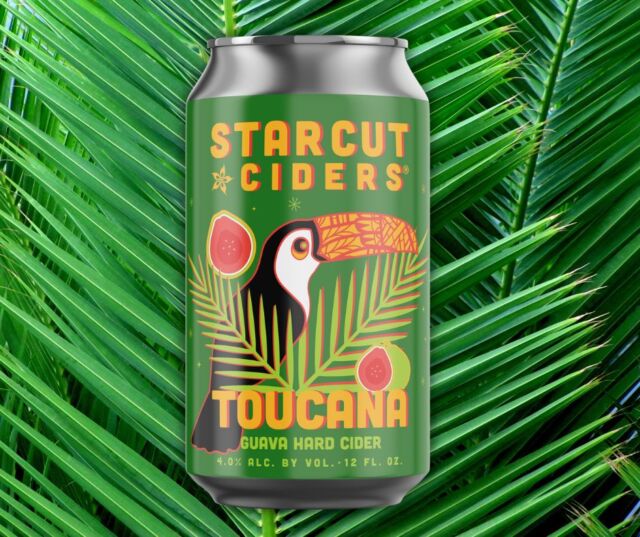I have heard on more than one occasion cidermakers speak of two different kinds of cider: those that pay the bills and those that they love to make. It seems especially true at cideries of medium to larger size, where economic and market realities must sometimes take precedence over the heart.
At “InCider Insights,” each month I ask one question to three cidermakers to compare the similarities and differences between artists of the same craft. Topics can be technical, practical or even whimsical. This time, I reached out to a group of highly respected cidermakers to talk about the emotional and let the heart speak first.
What are your favorite styles of cider to produce and why?
Joe Gaynor, Cidermaker
Angry Orchard (Walden, New York)
My favorite ciders to produce are ones that tell a story about apples and terroir. Every apple brings something special to a fermentation and has that “something special” because of the place it’s from. On our Orchard in Walden, New York, we grow over 30 varieties of apples and each one brings something unique to every fermentation. It’s exciting to taste an apple like Porter’s Perfection and feel the texture from its tannin, smell the aromatics of melon and taste cooked fruit. That excitement is brought to another level when you find those same qualities again after fermentation! Often overlooked in terroir is the human factor. I really believe when people love their fruit and their cider, you can taste it.
Tom Oliver, Founder and Master Cidermaker
Oliver’s Cider and Perry, Ltd. (Herefordshire, England)
Dry, still ciders — because they are the way I like to drink my cider! (The least important of all aspects, of course.) Fully fermented and with just the residual CO2 from alcoholic and malolactic fermentations are where I feel the fermented cider apple wants to be. However, it is possibly the toughest of styles to access for many drinkers especially when populated by the tannic and quite possibly astringent and relatively low acid (compared to many modern styles) ciders that I make. Throw in the wonderful but frequently challenging accompanying phenolics and you have the possibility of the most amazing drink and — what a drink!
In sympathetic hands every apple can have its day and nuances abound, but in clumsy and unintelligent hands, cider can be rendered disrespectful to the apple, yeast and blender and become quite possibly undrinkable. Game on, as another season’s blending rolls around, and Oliver’s Vintage 2020 begins to take shape. For now, the 2019 will suffice.
Hans Edwin Winzeler, Head Cidermaker
Ploughman Cider (Aspers, Penn.)
My favorite style of cider to make is the simplest one I can think of. Start with great fruit picked at the right time and pressed at the right time. When we let it ferment in its own way, allowing the natural yeasts on the apple to do their own fermentation with minimal intervention, I’m happy. When that’s done, if we can put it in a big barrel — we’ve been using armagnac barrels that hold more than 100 gallons — something magic happens that I don’t understand at all. I like to let it mature in the barrel for about a year. We’ve had our best results from a blend of Dabinett and Roxbury Russet doing this technique. It was so fresh and mild with deep lingering fruit after each sip, a really lovely drink. It’s easy, simple, and we are just taking what the tree gives us without too much fuss and no modification on our part. We’ve become less and less interventionist every year and I think our cider is getting better too. It’s a process of learning from the fruit and backing up and seeing what it wants to do.
Lee Reeve is the owner-operator of inCiderJapan G.K. (www.inciderjapan.com), an importer/distributor, retailer, and producer of cider and cider-related goods. He is also the publisher of inCiderJapan, Asia’s first and only bilingual magazine dedicated to all things cider.
Lee Reeve can be reached at lee.reeve@inciderjapan.com.




















